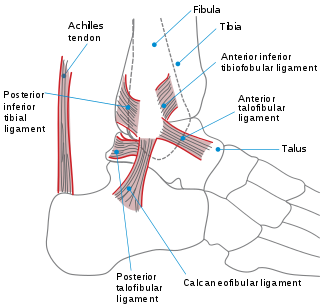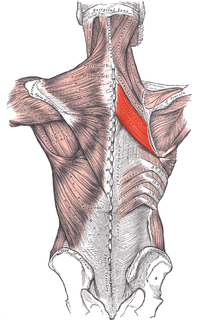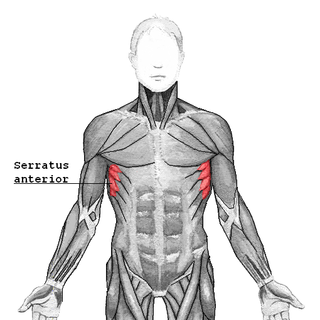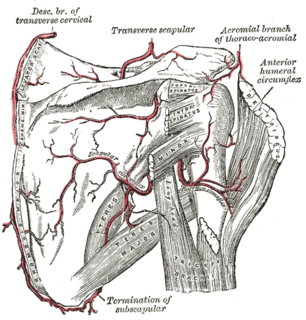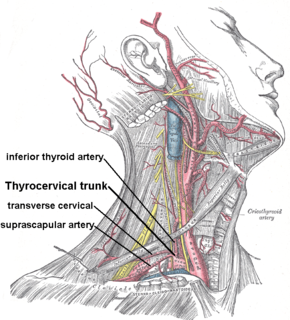A transverse ligament is a ligament on a transverse plane, orthogonal to the anteroposterior or oral-aboral axiscan of the body.
A ligament is the fibrous connective tissue that connects bones to other bones. It is also known as articular ligament, articular larua, fibrous ligament, or true ligament. Other ligaments in the body include the:

The transverse plane or axial plane is an imaginary plane that divides the body into superior and inferior parts. It is perpendicular to the coronal plane and sagittal plane.
In human anatomy, examples are:
- Flexor retinaculum of the hand or transverse carpal ligament (ligamentum carpi transversum)
- Inferior transverse ligament of scapula (ligamentum transversum scapulae inferius)
- Inferior transverse ligament of the tibiofibular syndesmosis
- Superior transverse ligament of the scapula (ligamentum transversum scapulae superius)
- Superior extensor retinaculum of foot or transverse crural ligament (ligamentum transversum cruris)
- Transverse acetabular ligament (ligamentum transversum acetabuli)
- Transverse humeral ligament (ligamentum transversum humeri)
- Transverse ligament of the atlas (ligamentum transversum atlantis)
- Transverse ligament of knee (ligamentum transversum genus)
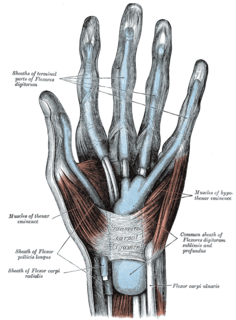
The flexor retinaculum is a fibrous band on the palmar side of the hand near the wrist. It arches over the carpal bones of the hands, covering them and forming the carpal tunnel.

The inferior transverse ligament is a weak membranous band, situated behind the neck of the scapula and stretching from the lateral border of the spine to the margin of the glenoid cavity.
The inferior transverse ligament of the tibiofibular syndesmosis is a connective tissue structure in the lower leg that lies in front of the posterior ligament. It is a strong, thick band, of yellowish fibers which passes transversely across the back of the ankle joint, from the lateral malleolus to the posterior border of the articular surface of the tibia, almost as far as its malleolar process.
| This article includes a list of related items that share the same name (or similar names). If an internal link incorrectly led you here, you may wish to change the link to point directly to the intended article. |




